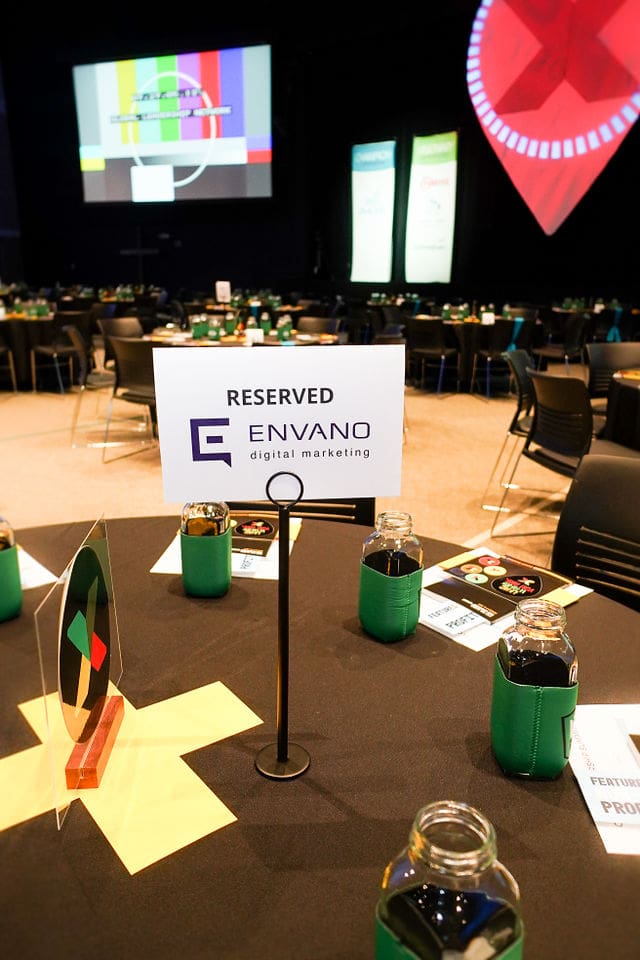Published: January 12, 2017
An online presence is like a 24/7 showcase of your business. With more than 85 percent of searches for products and services happening online, having a successful online presence is a must.
1. Personas
Hold on! Do not create any online content without first understanding your target persona. Personas are meant to put human attributes to an abstract marketing description or goal. Group your personas by similar personalities, motivators, pain points, wants, goals and habits. The beauty of personas is that they create less market targets. This makes marketing simpler, cheaper and more effective — a win for everyone except your competitors.
2. Customer Journey Mapping
Customer journey mapping allows you to walk in your customer’s shoes by traveling with them as they interact with your company. When based on sound research, they provide an outside-in view, focusing on customer requirements. You’ll see what customer needs are at each interaction, how well you meet them and where you can improve.
3. Strategic Content
[quote align=”left”]Good content always has an objective; it’s created with intent. It therefore carries triggers to action.[/quote]
Create content with a personality that will attract your personas and deliver it at the right time. You don’t want to advertise to someone about purchasing your product when they are not aware it even exists — give them some information about it first. Create a content calendar to distribute content on a consistent basis. Without this, you can’t expect your personas to be rushing to your site.
4. Update Content
Serving up the same content to your audience every time they visit your site can be boring and you might start to see a decline in traffic.
There is no key timeframe for when and how often to update website content. This depends on how relevant your content is to your audience at the time. In terms of web design, update every six to 12 months to keep up with design trends.
5. User Experience
Rather than what you see on a website (user interface), user experience refers to how you interact with a digital product and navigate through it. A website can look amazing, but if you don’t know how to use it or don’t like using it, none of that matters. To create a great user experience, you first have to understand your audience. Use analytics to understand the pages that are most visited by your users and how they navigate through your site.
6. SEO
More than 80 percent of customers begin their buying process with a search engine. If you want these people to find your business, you need Search Engine Optimization (SEO). Although pay-per-click (PPC) may provide more revenue, organic search results generate 8.5 times more clicks than PPC. Crazy, right?
Avis, a car rental company, said, “When you’re only No. 2, you try harder.” When it comes to SEO, you have to.
7. Social Media
Social media accounts can increase brand recognition, loyalty, conversion rates and improve customer insights; however, creating just any old account won’t do. Keep posts short and make people want to share them. You should also take advantage of keywords and hashtags to increase the visibility of your posts.
Social media messages with images get 75 percent more clicks than those that don’t have a photo. Use high-quality photos that showcase your brand and lifestyle, and test them to see what the audience responds to most. Infographics, videos and pictures are easy to understand and are great for sharing. Video content on social will play a huge role in the future of social media marketing. Facebook’s algorithm will give photos and embedded videos the most reach and engagement to help your brand soar to success.
8. Communicating With Your Audience
Customers are turning to social for customer service, but many of their needs are being ignored on these platforms. Show you’re listening by replying to these comments as much as possible — good, bad or neutral. If people can tell you’re listening, others will share their own positive experiences as well. If many people comment on one post, thank everyone for posting or try to keep the conversation going.
9. Social Advertising
These days it’s all about pay-to-play. Hootsuite predicts that in 2017, marketers will use social advertising to combat the decline in organic reach. In terms of ROI, more than 95 percent of social media managers said that Facebook offers the best return.
To successfully launch a social media campaign, follow these tips:
- Use social media posts to beta-test paid social ads
- Choose a campaign objective
- Rotate ads every three to five days
- Design mobile-friendly ads
10. Mobile Friendly
Sixty-five percent of all digital media usage is on mobile, so having a mobile-friendly site is crucial. By not having a mobile-friendly site, your lost visitor value could be as high as $97,000.
When choosing a design for your mobile-friendly site, responsive is the way to go. Responsive design is optimal for any screen size, which improves user experience. Google said that “maintaining a single shared site preserves a canonical URL, avoiding any complicated redirects, and simplifies the sharing of web addresses.” Responsive design will work on next month’s and next year’s devices without requiring further programming. In other words, you save money, and who doesn’t like that?
Struggling with your online presence? Fill out our contact form and let’s chat!

 The Difference Between a Customer Journey and a Sales Funnel">
The Difference Between a Customer Journey and a Sales Funnel">

